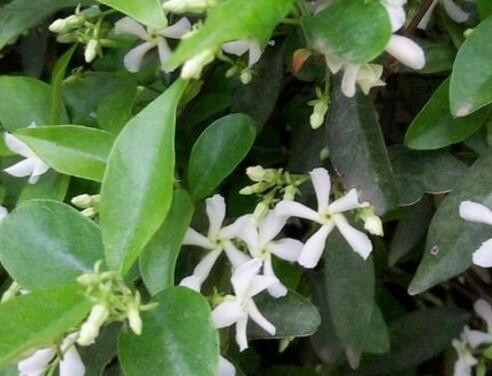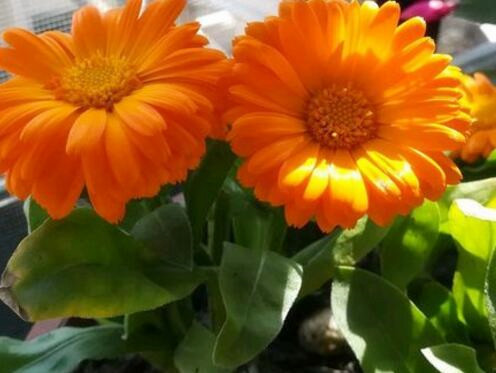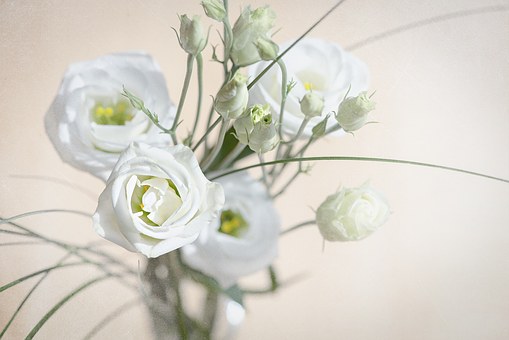How to raise Luoshiteng? Is it poisonous? What are the effects and effects?
Luoshi rattan, alias stone dace, bright stone, hanging stone, Yunzhu, Yundan, red to leaf kidney, white flower vine. Distributed in Henan, Shandong, Anhui, Jiangsu, Zhejiang, Fujian and other places. It has high medicinal value. So, how to raise Luoshiteng? Is it poisonous? What are the effects and effects?

How to raise Luoshiteng?
1. Planting management: Luoshi vine likes shade, is still resistant to cold, can spend winter in open field, does not have high requirements for soil and fertilizer, and any fertilizer can be applied. In general, it can be cultured in soil. Luoshi vine blossoms in April, can blossom for about half a month, and grows very fast. It can grow 1.5 meters a year. Generally speaking, Luoshi vine is planted in the north of the house, and the sowing and propagation of Luoshi vine generally does not blossom. Properly apply manure and water once, but the seedlings that have just survived cannot be fertilized. The pots can be changed every 4 years or so, and the most suitable time to change pots is about March. Frosts Descent moved indoors before the Qingming Festival and outside before the Qingming Festival in the second year. Pay attention to watering before moving out. When there is heavy rain in summer, the flowerpot should be placed upside down to avoid stagnant water in the pot, so as not to rot the roots. Luoshi vine generally does not prune and prune during the growing period, transplanting and changing pots must bring soil balls. The stems and branches of Luoshi rattan are slender and can be shaped in various shapes.
two。 Propagation method: Luoshi vine can be propagated mainly by striping, and can also be cut and sown. It can be crushed every spring and autumn, about March, with old branches, and in July with twigs, basin pressure or open ground pressure. When basin pressure, a branch can be continuously pressed into several pots, the depth of the strip is generally about 3 cm, at least 3 buds should be pressed into the soil, and the middle bud should be pressed in the soil. The other two buds are exposed outside the soil and keep in contact with the surface of the basin soil, so that they can take root fastest and can take root at internodes and nodes, but there are not as many roots at nodes as they do in spring. The old branches of Ruoshi vine in spring take root more slowly, and they can not be separated from the mother plant until about August. If they are moved indoors in winter, if they are pressed in the open field, they should be covered with grass curtains to prevent freezing, and the branches pressed into the soil should generally be stripped of green leaves. Luoshi vine pressed without watering, old branches are often thick leaves and flowers, while young branches are often sparse leaves and few flowers.
Is Luoshiteng poisonous?
Luoshiteng is poisonous. The juice of Liriodendron is poisonous, that is, the milk that comes out when the branches are broken. Eating by mistake can hurt the heart and cause poisoning, so don't try randomly. In addition, Luoshiteng has no other toxicity, so as long as people do not eat Luoshiteng, there is no need to worry about poisoning.
What are the effects and effects of Luoshiteng?
1. The main efficacy is: dispelling wind and heat, promoting blood circulation and dredging collaterals.
two。 For the treatment of rheumatoid arthritis, muscle pain, etc., especially with limb clonus, flexion and extension is particularly effective.
3. It has a good effect on the treatment of carbuncle gangrene and throat pain, especially tonsillitis and pharyngitis.
4. According to classical research, there is also the role of preventing miscarriage.
Time: 2019-03-20 Click:
- Prev

How much is the price of marigold seeds? How to grow? What are the effects and functions?
Calendula, also known as calendula, was used in the ancient West as a medicinal or dye, as a cosmetic or edible, and its leaves and petals were edible and used as a decoration for dishes. Originated in western Europe, Mediterranean coast, North Africa and West Asia, it is cultivated all over the world. So, how much does Calendula seed cost per catty? how to grow
- Next

"Thornless rose" eugenol seeds generally how much money a catty? How much do you earn per acre? How?
Platycodon grandiflorum, also known as grassland gentian, Turkish platycodon grandiflorum, Libo flower, Texas orchid bell, is a common perennial herb in China. It is loved by people because of its unique and lovely flower shape and elegant color. At present, many people plant it.
Related
- Fuxing push coffee new agricultural production and marketing class: lack of small-scale processing plants
- Jujube rice field leisure farm deep ploughing Yilan for five years to create a space for organic food and play
- Nongyu Farm-A trial of organic papaya for brave women with advanced technology
- Four points for attention in the prevention and control of diseases and insect pests of edible fungi
- How to add nutrient solution to Edible Fungi
- Is there any good way to control edible fungus mites?
- Open Inoculation Technology of Edible Fungi
- Is there any clever way to use fertilizer for edible fungus in winter?
- What agents are used to kill the pathogens of edible fungi in the mushroom shed?
- Rapid drying of Edible Fungi

